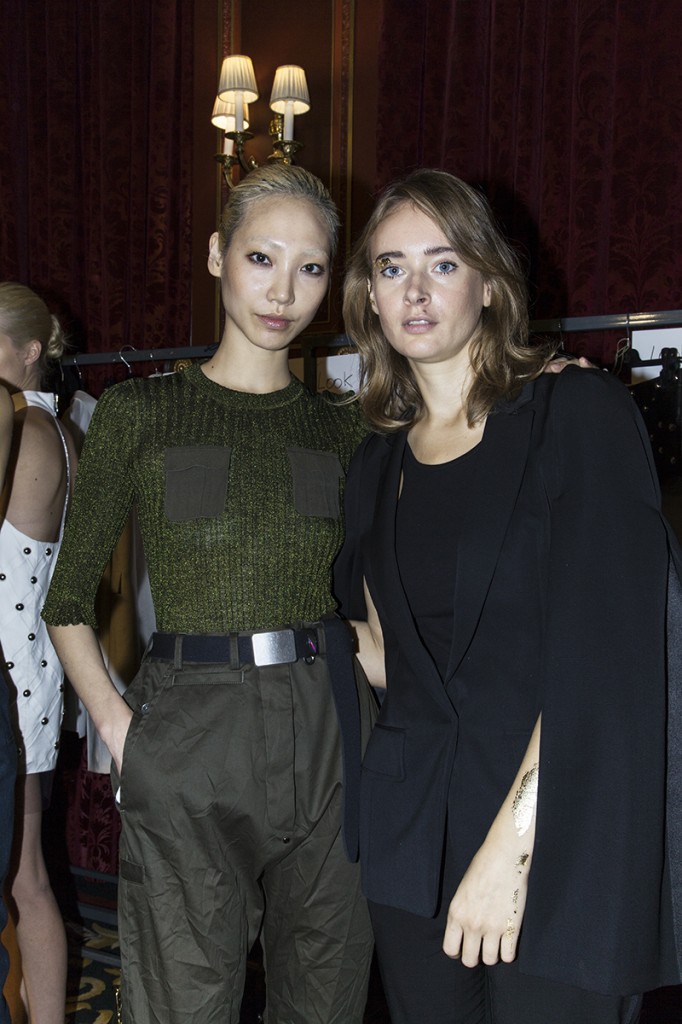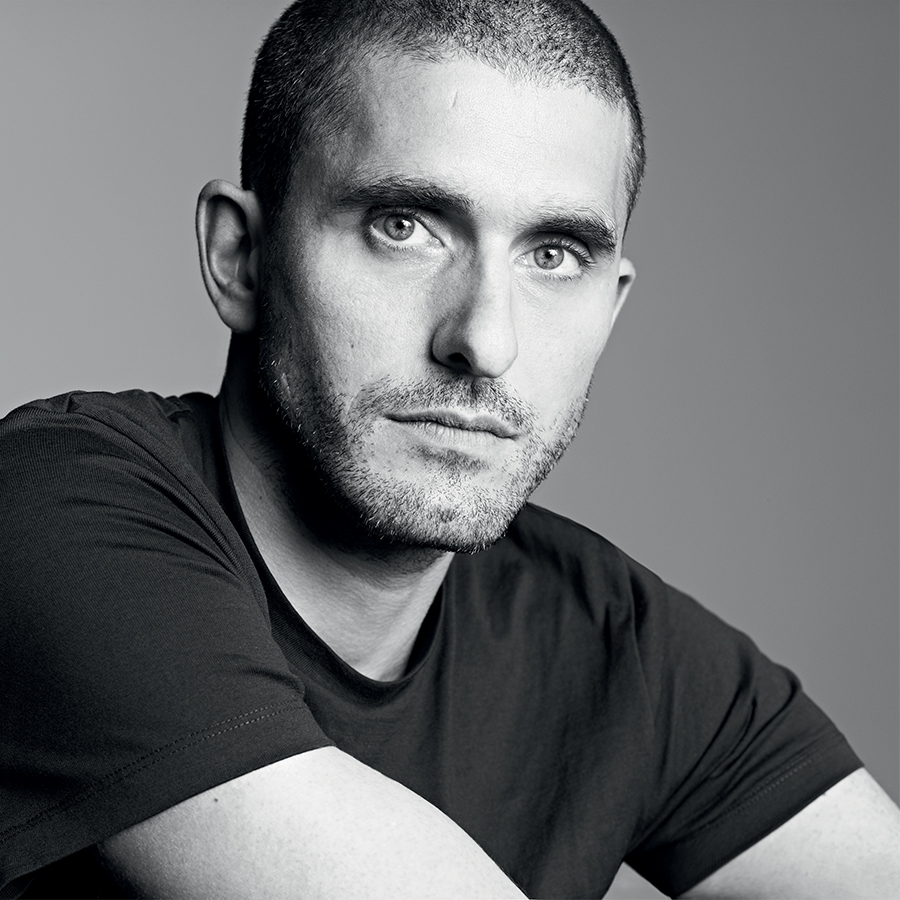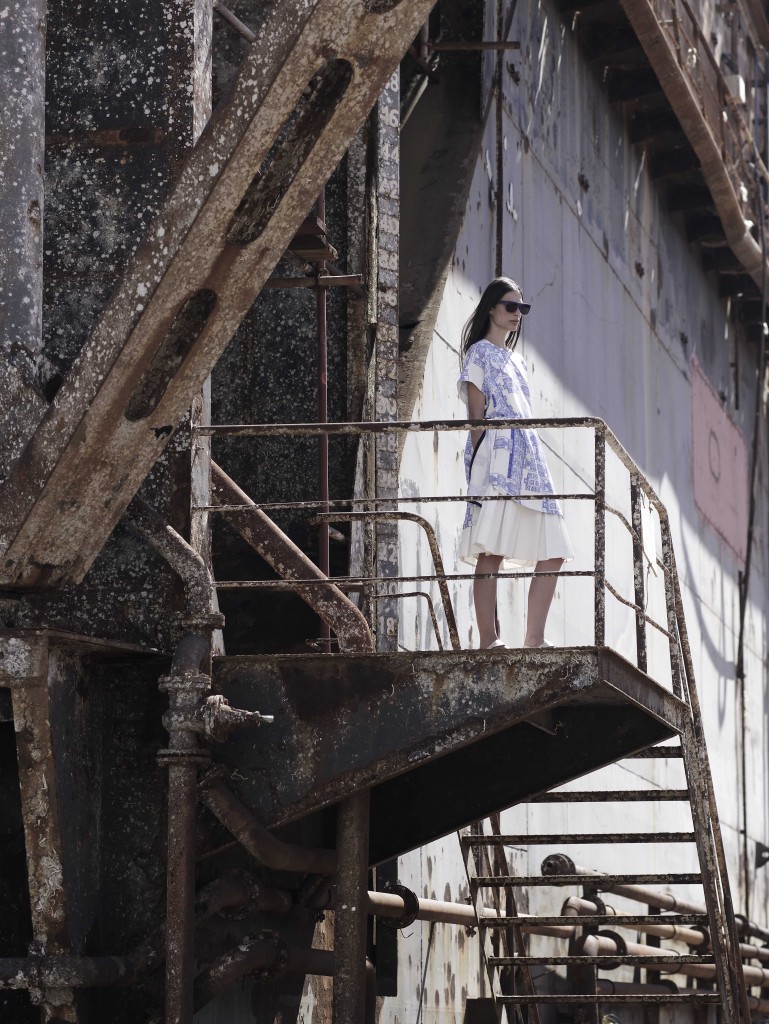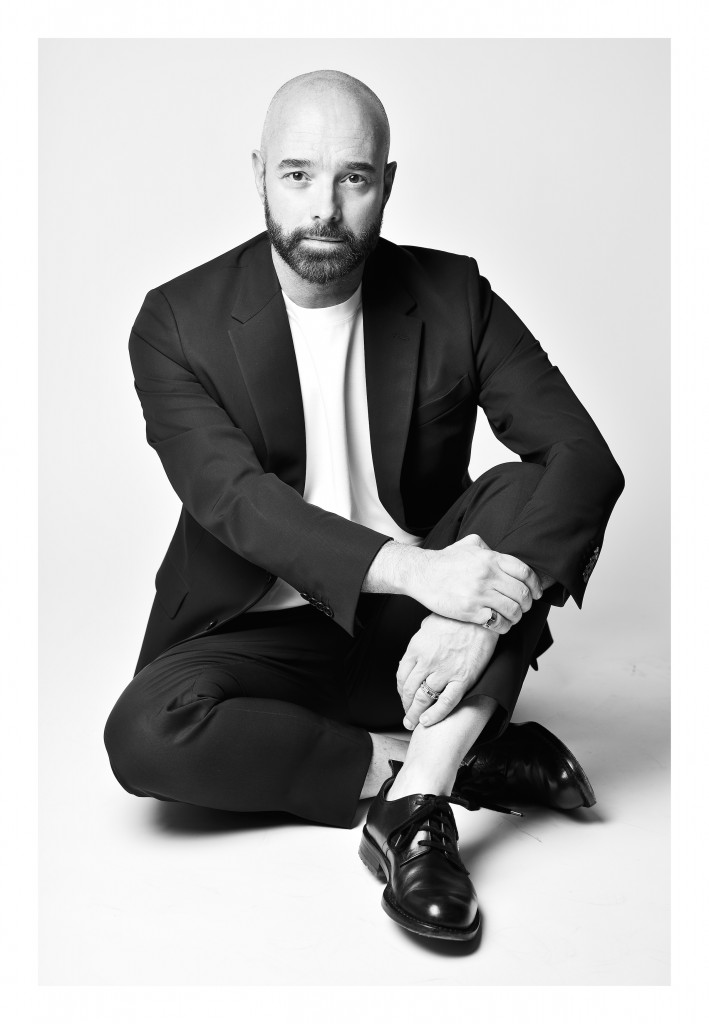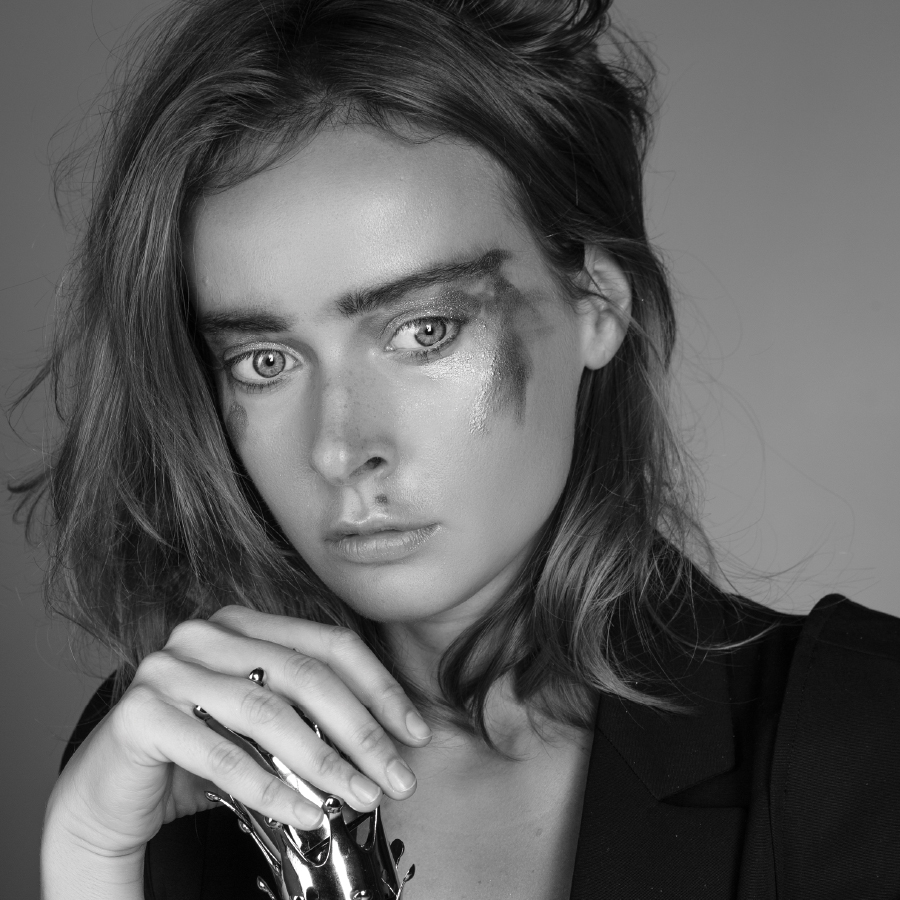
OLGA SOROKINA ON HERITAGE
By Crash redaction
IRFÉ IS DOUBTLESS ONE OF THE MOST INTRIGUING FASHION HOUSES OF THE EARLY 1900S. FOUNDED BY FÉLIX AND IRINA YOUSSOUPOFF, NIECE TO NICOLAS II OF RUSSIA, THE HOUSE FELL INTO A DEEP SLEEP FOR SEVERAL DECADES UNTIL OLGA SOROKINA ROUSED THE SLEEPING BEAUTY. AFTER FALLING IN LOVE WITH IRFÉ AND ITS HISTORY, SHE HAS DEVOTED ALL HER ENERGY TO REVITALIZING ITS PRESTIGIOUS HERITAGE, WORKING TO RESPECT ITS ORIGINAL SPIRIT WHILE BESTOWING A CONTEMPORARY TOUCH. SHE SPOKE TO US ABOUT HER ATTACHMENT TO THE HOUSE, FASHION AND ART…
how did you discover the irfÉ fashion house and its history?
I discovered IRFÉ five years ago through Alexandre Vassiliev’s book “Beauty in Exile”. It’s an intriguing book about the influence of Russian dissidents on the fashion of the 1920s. Right away I took an interest in the fashion house founded by Félix and Irina Youssoupoff. Through some friends I was able to meet the couple’s granddaughter, whom I visited in Paris. It was during that meeting that we decided to work together. She had absolute confidence in our ability to preserve the spirit of the house. She trusted us to stay true to the house, while still creating a fully contemporary aesthetic, without making the mistake of simply reproducing a style from the 1920s. I like telling stories, and I like the story of the house; but a simple retelling of a story from the past is not enough today.
do you work with the house’s archives?
We do work with the archives and we have also acquired a few other pieces at an auction in New York, including a vest and a dress from the period. My feeling is that there are great stories out there that I can use to get inspiration for the collections. In fact, it’s through these stories that I discovered the fabrics that originally inspired the couple, as well as the accessories they were particularly fond of. In my opinion, it’s much more interesting to recreate something based on the spirit of the family and the house, and not necessarily on a specific product in itself. It’s about more than just a product; it’s about all this fascinating history.
how do you use your contemporary perspective to reinterpret the irfÉ brand?
There are an enormous number of fashion houses on the international stage, but almost no Russian houses. I decided to take on this challenge by re-establishing the IRFÉ house in Paris, so that I could bring a “Russian” voice back to fashion after 90 years. IRFÉ was founded in Paris in 1924, and I wanted to preserve this side of things, since Paris is and always will be intimately tied up with the idea of chic. It’s something that influences my collections. For the first time I want a Russian house based in Paris to produce collections that break stereotypes and move beyond clichés, and that can be understood and appreciated anywhere in the world.
what do you think irfÉ offers that no other brand can?
IRFÉ works to bring something new into the fashion world with its Russian, contemporary and surprising aesthetic.
it’s exciting to see international talent come to paris to create new brands and develop the market here! another example is ingie chalhoub, who markets a number of brands from the middle east and also just established her own house in paris.
It’s true. As you know, I’m Russian and the brand draws on a Russian story, which makes for an extremely interesting blend of cultures in Paris. I look at it as a way to bring a Russian attitude to France, with a much broader international angle, of course. IRFÉ is made for the international market.
let’s talk about russia. what changes have you noticed in your country in recent years? what do you think about russia today?
Russian history is fascinating. Sadly, what people know about our artistic culture is often relegated to the past, despite the fact that Russia is more dynamic than ever today. In my opinion, the Russian spirit disappeared in 1917 and returned in 2000. Russians have reclaimed their sense of pride and individuality. It’s no longer enough for them to blindly imitate what the West is doing. We have an entire generation of people who are now in their thirties and who are very active and creative. Moscow is a metropolis: a huge business hub and a genuine cultural hotbed. Even though I travel a ton, I’m always glad to come back home to Moscow.
are you living in moscow at the moment?
I live all over now. I travel a lot to London, New York… After Paris, I’m going back to Moscow for three days to see my son. Then it’s back to London, New York and, finally, Paris!
how do you feel about the welcome your brand has met in france? do you think irfÉ has been well received in paris?
I think so. I love Paris, even though the atmosphere is sometimes trying and difficult. Life is more relaxed, less stressful than New York, for example. Personally, I love living between these two cities. We really like the Rue Duphot because it’s a great historical area, but also because it’s the original location of the house when it was founded in 1924. I saw some old photographs of the street and it’s incredibly interesting to see how it has changed over time. Hotel Le Burgundy had already been built, right next to where our studio is now. I can’t stop thinking that I had already stayed in the building before opening our studio there! For us, the ideal would be to open our first store on Rue Duphot. It’s too expensive right now, but that’s not stopping us from making plans for the future. We would definitely prefer to open our first boutique in an historical location to boost our brand image. So now we are just waiting to find the right spot! At the same time, I think the future is in online stores. It’s a segment we need to focus on heavily. A lot of stores are closing their doors in Paris, or else they are waiting for the best offer to close. It’s sad!
have you already started working on your next collection?
Not yet. We generally get back to work two weeks after a show. We do four collections a year. It’s better for us to show four collections to buyers, since they typically have the budget for pre-collections. However, when you have your own store, two collections a year are enough.
is it tough operating as an independent house without the financial support of a big group?
Things are much more difficult, in fact! I’m not some young designer trying to do something completely new; I’m working hard to preserve a historical fashion house. The way I see it, IRFÉ is so much more than a brand.
who shot your latest campaign?
Our Fall-Winter 2014-2015 campaign was shot by Mariano Vivanco. We have worked with some amazing photographers in the past, like Victor Demarchelier and Mert & Marcus. Working with extremely talented photographers has been essential for us, as has our choice of the models we work with. When we select models for shows, I’d say that personality counts more than a perfect body, at least in my eyes. I’ve also kept up the tradition started by Irina Youssoupoff of serving as the brand’s ambassador. So I embody the spirit of the brand in our campaigns.
it makes sense considering that you worked as a model before focusing your efforts on irfÉ. tell us a bit about your career and your initial experiences in modeling.
I was born in Russia and moved to Moscow early in life, and that’s where I started modeling. Then I went to live and work in New York. When I met my husband, I decided to return to Russia after being away for ten years. Moscow feels like home. My family and my son all live there. Until a few years ago, he would travel along with me wherever I went. But it has gotten more difficult because he has to go to school in Moscow. He and my husband live in Moscow year round now. We thought about living in Paris, but it would not have been for the best. I recently gave up my Paris apartment because I hate being alone at home! All my friends love being alone, but I don’t get it!
what did you learn from your time as a model? what did you like most about modeling?
It’s hard to say. Modeling really helped me open myself up to the world, and I think that’s the most positive aspect of the job. Young people generally have to follow a pre-set path at school. But if you get the chance to travel and work with all sorts of different people, you really start to open your mind. And that’s when you are truly ready to think for yourself and blaze your own trail, to do something personal. My modeling career lasted about four years. Then I became pregnant with my son and I started working on the IRFÉ project. Everything changed when I read the book I mentioned earlier, “Beauty in Exile”.
what do you think about fashion today? and where do you see it going in the years to come?
Fashion is stepping farther away from clichés and stereotypes. Enthusiasm for brands is dying down, and fashion is becoming simpler. Clothes are becoming more and more androgynous and, nowadays, women only put on a dress and heels for a special occasion. I think fashion reflects life and the present times. I’ve always found it strange how some designers look to the past for inspiration, to the 1930s or 1960s, since it seems so much more interesting to me to write a new story and look to the future, while adapting to the conditions of contemporary life. Clothing cannot remain a constraint: it has to evolve, just like our relationships have evolved considerably since social media emerged and made it possible to communicate with so many people at once.
what is your relationship to art? who are your favorite artists? any french ones?
Just like in fashion, we’re living through a very exciting time in art. Not everyone will agree with me, but I think an artist’s true role is to reflect her time. To do that, you have to live life to the fullest, with no complexes and no limits, which turns out to be something quite rare in fact. I’ve always admired Andy Warhol for that reason. The unique way he had of reflecting his time: modern America, pop culture, creating “Interview” magazine in response to the invasion of talk shows on American TV sets. I go to a lot of contemporary art exhibitions and sales in London and Paris, and I’ll also be in Miami for Art Basel. Things move so fast nowadays that grasping complex artworks can seem
like a daunting task. I think it’s easier to approach art from the aspects of color, texture and emotional perception in general. But I also like when art has a message to relate. Right now I’m acquiring “Image Coming Soon” by Adam McEwen. I’ve liked his work since I first discovered it. I think we should open our minds to contemporary art, instead of criticizing it. No one will ever work like Rubens again. It’s not a question of technique, nor of talent; contemporary art can no longer settle for representation alone. My husband and I have also put together the biggest collection of drawings and epic paintings representing Russian history. We have more than 2,000 sketches, with a
book coming out soon. Taken on their own, the works cannot be considered modern art, but the collection as a whole does offer a modern perspective on the entire history of Russia. The collection will depict daily life in Russia and the biggest moments in the life of the country, grouped together by period and by event.
when did irina and félix youssoupoff decide to close their fashion house?
That’s a decision they made about six years after founding the house. To my mind, we need to sustain IRFÉ as though it had never ceased to exist. We need to bring a modern touch to the brand and avoid relying on what was already accomplished by that incredible couple.






